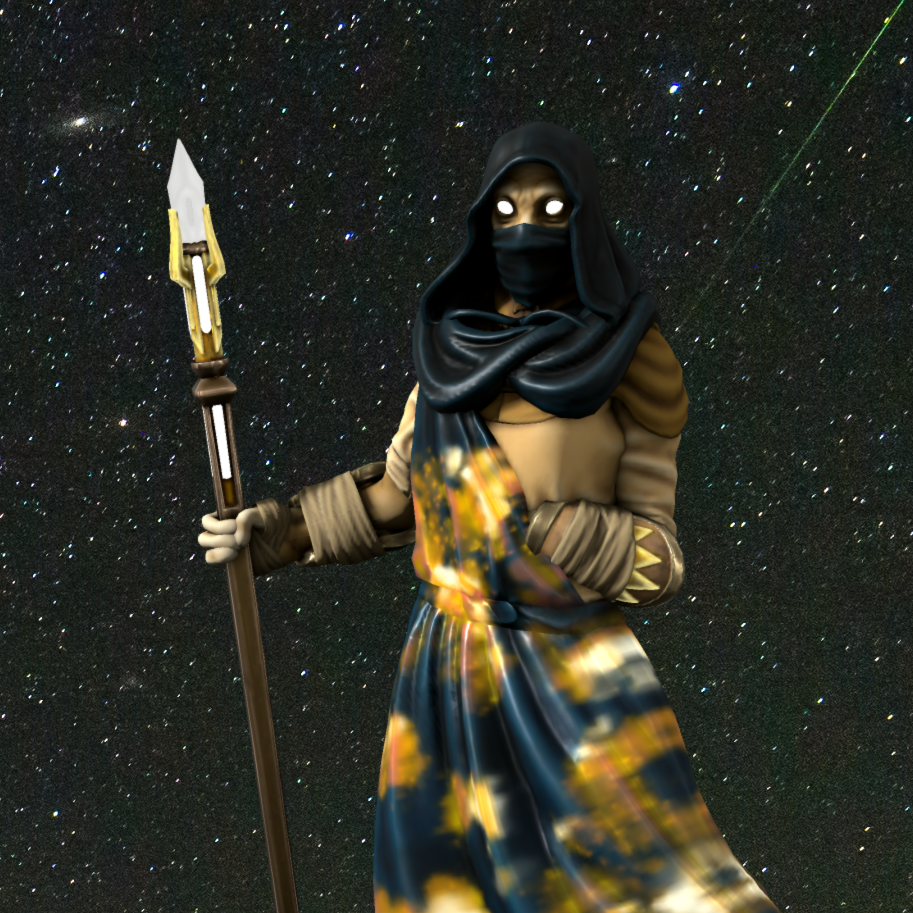Mineral vs organic magitech
Welcome to Imperial Soulmates! In a gigantic and futuristic fantasy empire filled with solarpunk magitechs, Hélène is hiding that she's one of the emperor's soulmates. However, to lift the legal curse on her best friend, she will have to blackmail the emperor himself... Come read about her plans, and the world in which she lives!
Introduction to the story | Hélène | Soulmates | Novel upcoming
Introduction to the story | Hélène | Soulmates | Novel upcoming
Table of Contents
Active magic inconveniently requires constant care and attendance, and so passive magic was created: a magic controlled with a runic diagram program drawn with metals obtained from minerals. The next step has been to downscale that to the metal-carrying molecules inside plants and fungi. The world is still reeling from the consequences of this revolution...
Active magic or raw magic consists of someone simply throwing their magic at something and controlling its effect through sheer force of will.
Passive magic is magic forced through a system (e.g. a runic diagrams carved on an artefact) that forces the magic to adopt certain patterns which then result in a given effect.
True passive magic works completely independently from any user, but most magic is a mix of active and passive, e.g. with people using an artefact that they have to control constantly.
Maths
It requires a lot of mathematical calculations that gets more and more difficult as more parameters are added and the smallest deviation in the calculated path messes up with the magic in spectacular ways.
Too big
This requires the carving or drawing of a bigger and bigger system, leading to enormous architectural projects like the Arboisian imperial palace to represent the runic diagram. Such projects have long prospered in the empire despite their usefulness being limited by their lack of portability.
Too small
The other solution is to make the carving or drawing as tiny as possible. The problem with this is that there is a limit with how small you can go, even with magically enhanced eyesight.
Of course, nobody could satisfy themselves of these limitations, and the race to imrpove magic practice and magitech has been on since the first humans started to use magic...
Classic mineral anchoring
Magical artefacts are made out of metals—either pure or in the form of minerals or alloys, with precious stones being particularly appreciated. This is because metals have a special affinity for magic which allows them to interact with it in unique ways.
Organic anchoring
One biologist realised that the metals in living organisms could be potentially used to manipulate magic in the same way. This would allow for creating runic diagrams at a level several orders of magnitude smaller than with mineral technology. It took decades of study by an enormous team of scientists and engineers before the first breakthrough happened and a century more to perfect it, but they eventually succeeded and made it work in plant and fungi cells.
Example of plants: The most used magic-anchor plant today is domi moss—the carnivorous household moss, and lime trees are also now gaining in popularity.
Taboo magic: Of course, people took this new technology too far, attempting to expend it into animals and even humans. Thankfully, the emperor of that time reacted swiftly by outlawing this magic and having everyone involved executed.
Herbologists to grow the plants and fungi and take care of them over the long term, as the magitechs only survive so long as the plants do.
Rune masters who specialised in plant-maths to design the template for the magic-anchor system in the plants.
Bioengineers to design the physical magic-anchor system inside the plant.
Enchanters who attach the actual enchantments to the anchor system.
Herbonumenologists, chefs...: Many specialised applications who use magic anchor-plants in healing cooking, and other fields.
The imperial communication hub: An enormous communication network anchored in a special fungi that spreads in the underground of the entire empire.
Adjustable house: A technology anchored in a moss that grow inside walls to allow rooms to move inside a building (e.g. in the imperial palace).
Wards: The most elaborate fixed ward system that are found in expensive buildings (as opposed to transportable personal wards) are also anchored in moss.
Manufacture sites: Plants that control the mass production machines that craft magical artefacts at a large scale.
Flying carriages & roads: Flying carriages and roads also have plants growing on them to allow for flying or to accelerate vehicle travel.
Active vs passive magic
Active magic or raw magic consists of someone simply throwing their magic at something and controlling its effect through sheer force of will.
Passive magic is magic forced through a system (e.g. a runic diagrams carved on an artefact) that forces the magic to adopt certain patterns which then result in a given effect.
Passive magic in its most simple form is the drawing of a rune or of a circle in the dirt. This is enough to give some magics their most basic effect—e.g. a protective shield. But if to do more—choose a trigger to activate the magic, a duration length, its strength—a lot more complexity has to be added to the system that the magic has to go through.
Disadvantages of passive magic
Maths
It requires a lot of mathematical calculations that gets more and more difficult as more parameters are added and the smallest deviation in the calculated path messes up with the magic in spectacular ways.
Too big
This requires the carving or drawing of a bigger and bigger system, leading to enormous architectural projects like the Arboisian imperial palace to represent the runic diagram. Such projects have long prospered in the empire despite their usefulness being limited by their lack of portability.
Too small
The other solution is to make the carving or drawing as tiny as possible. The problem with this is that there is a limit with how small you can go, even with magically enhanced eyesight.
Mineral vs organic magic
Where: It is only in the last century that a solution has been found, resulting in a big magical revolution. This discovery was of course done in the Empire of Arboise, building upon centuries of policies encouraging magical research—and just as obviously, the empire has used this invention to further expand its conquest of the world, such as with the Twelfth Sannian War.Classic mineral anchoring
Magical artefacts are made out of metals—either pure or in the form of minerals or alloys, with precious stones being particularly appreciated. This is because metals have a special affinity for magic which allows them to interact with it in unique ways.
Organic anchoring
One biologist realised that the metals in living organisms could be potentially used to manipulate magic in the same way. This would allow for creating runic diagrams at a level several orders of magnitude smaller than with mineral technology. It took decades of study by an enormous team of scientists and engineers before the first breakthrough happened and a century more to perfect it, but they eventually succeeded and made it work in plant and fungi cells.
Jobs
Today, many fields of sciences are built around the use of plants as magic-anchors. The main ones are:Magitechs
The most well known large-scale magitechs using magic-anchor plants and fungi are:When Hélène stepped inside her new apartment in Quanahr, she frowned at the complete lack of sunlight and blackened windows. The rent she had agreed to pay was far too high to settle for such conditions. She headed straight for the moss control panel next to the front door and opened the cabinet. It revealed a hole in the wall and allowed her to glimpse long moss tendrils. Nice dark green, healthy moss smell. She put a hand on it—good humidity level too. Obviously well-cared for and another evidence of the good calibre of the community of this building. Hélène had chosen well. The moss started to tingle under her fingers, curiously palpating her and struggling to create openings in her skin to suck all of her blood. Also a very healthy behaviour and a proof that her new neighbours were not prude and had raised their moss well. Hélène let it have a go at it and used the newly forged blood link to immerse herself in the magic of the moss. The wards of the building spread in her mind, interwoven with the adjustable house system. As expected, her apartment was currently relegated in the middle of the building, without access to any windows and out of the rotation loop to get one. That would not do. But being a master enchantress had its benefit, and the weak system preventing any abuse of the wards was no match for her skills. She smirked as a bright light suddenly washed over the room.









I love that one of the disadvantages of passive magic is MATHS. I feel that in my heart.
XD Maths can be fun but it's not very practical to have to do huge calculations before you do any single little spell. Unfortunately, while people have found a solution for the size problems, this has only push things towards more maths, not less! Thanks for the comments <3